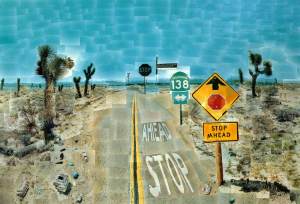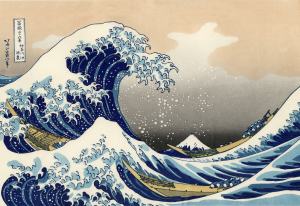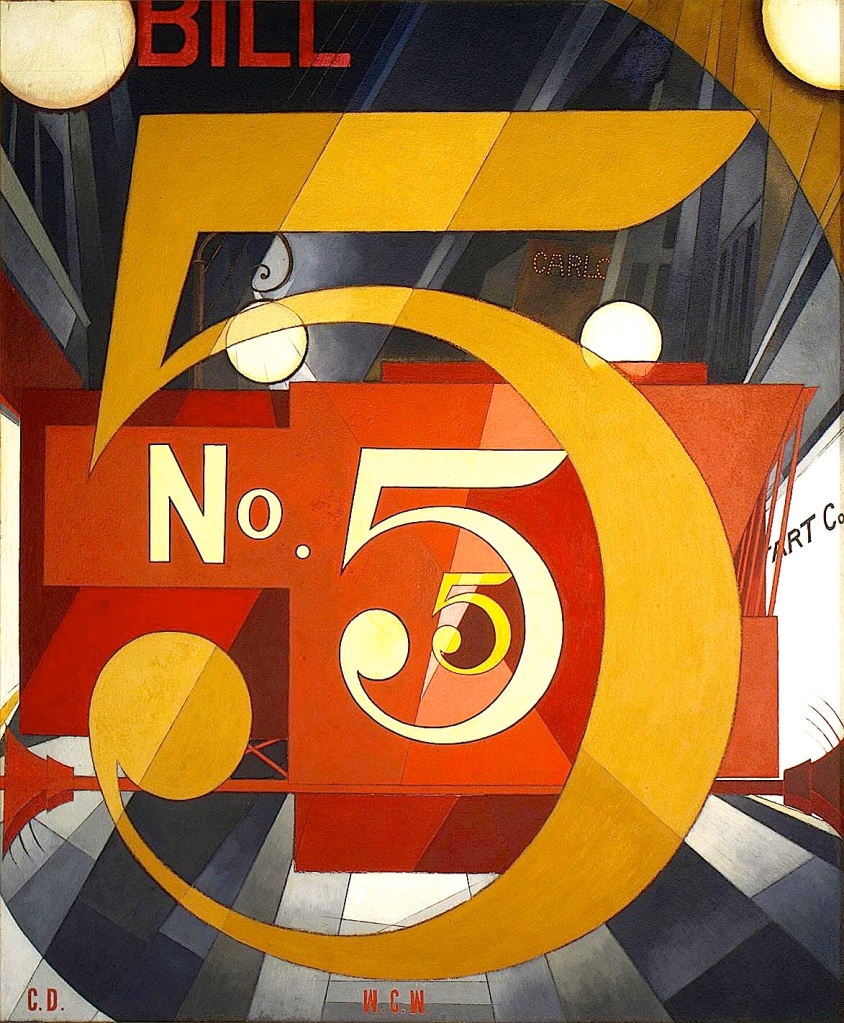Part 2: The Principles of Art
So a Stormtrooper and a Sith Lord walk into an art museum and they have a lovely conversation about some art they see there... I'm not very good with jokes :/ But what I am good at is teaching people about how to access art and have a fun time with it. Really, I am, it's my job! So let's get on with it then.
Now that you're all pro on the
Elements of Art, let's kick it up a notch and throw in some Principles. First off, what are Principles of Art, and how are they different from Elements of Art? It's a really good question, and one that is best explained by baking. If a work of art is like a baked goody, then the Elements are the separate ingredients and the Principles are the methods for combining the ingredients. For example, you get ready to
bake some cookies for a visiting Sith Lord. You gather your ingredients: butter, sugar, flour, eggs, and chocolate chips; and then you put them together. You can't just dump it all into a bowl, mash it up and stick the whole thing in the oven, of course - that would be gross and probably earn you one of those terrifying invisible strangulations. You have to first
mix the butter and the sugar together and then
add in the eggs so it's all smooth, then
beat in the flour and chocolate so you have some yummy dough. The order of the ingredients and all the mixing, adding, and beating are the methods for combining the ingredients in a way that makes something delicious and not yucky. The principles of art are methods for using or combining elements of art in the same way. Another thing to think about, if you change the methods you use to combine the ingredients, even though you use pretty much the same ingredients, you can get a different product. Changing how you mix cookie ingredients together could mean you end up with cake instead. Changing what principles of art an artist uses in a painting can be the difference between this
 |
| Pearblossom Highway, 11-18th April 1986 #2, David Hocknet (1986) |
and this
 |
| The Great Wave Off Kanagawa, Katsushika Hokusai (1829-1832) |
These are the Principles of Art:
movement, contrast, scale, variability, balance, repetition. And another mnemonic device:
Morning
clouds
spell
very
big
rain. I feel like that wasn't my best one, but just go with it.
- Movement - this can be how people or things look like they are moving in the artwork (remember, I'm talking only about visual art)
- For art that doesn't have people or things, movement also means how your eye moves.
- Contrast - these are things that are very different from each other but are put near each other
- Scale - how big or how emphasized something is in an artwork compared to other things in the same work of art, especially things that might be close to it
- Typically, the largest or brightest things in a picture will be more emphasized and seem more important.
- Variability - how many different things, including different elements of art, are in one artwork
- Balance - this is kind of about the "feeling" of a work of art; as in, does it feel like the painting is heavier on one side than it is on the other?
- This principle is related to scale, do big things seem to "outweigh" other parts of the painting?
- Repetition - sometimes called pattern or rhythm. In visual art, this is about how something in the art repeats itself.
- What's fun about this principle is repetition can mean repeating in the same work of art, as well as repeating between different works of art looked at together. (Actually, all things in art are fun.)
The principles do add a bit more advanced thinking to looking at art, but it's still Formalism. So like a multiple choice test, all the answers are in front of you, you just have to know how to understand the questions. These are some simple questions you might ask yourself to use the Principles of Art:
- When I first look at this painting, where does my eye go first, and then where does it go second? If there are people or things in the painting, does it look like they are moving? If so, where are they going (direction-wise: to the left, down, back, etc.)?
- Is there something big put next to something small? Is there a lot of bright white next to dark black?
- What is the biggest, brightest thing in this painting? What seems to stand out the most from all the other things?
- How many different things are in this painting? Are there lots of shapes and colors, or lots of light areas and dark areas? You could even try to count how many different objects you see.
- If I were to cut the painting down the middle and put each half on a balancing scale, which way would the scale tip? Is there one side of the painting I look at more than another side?
- Are there any of the same shapes or colors repeated throughout this painting? Is there something that seems like it is not repeating at all? If you're in a museum or a gallery that has been curated, stand back and look at all the paintings or the sculptures or whatever is there and figure out what they all have in common together. If the curator is worth his/her salt, there will be some real theme among the collected works of art, whether it be "all these things have birdies" or "all these things are by this one artist" etc.
Unlike with the questions we asked with the Elements of Art, the Principles of Art really start to involve you, the viewer, in the whole discussion. Looking at the Principles means some amount of interpretation of how the work was created, which can bring you closer to the art and the artist. I think that's downright cool.
 |
| I Saw the Figure 5 in Gold, Charles Demuth (1928) |
Let's use these Principles
with the Elements to look at a famous work of art. First thing I notice is the medium-size whitish 5 in the middle and the letters 'No.' to the left of it. Then my eye looks around at all the boxes and circles in the rest of the painting. There are three 5's, going from gigantic to medium to small, each right inside a larger one. Thinking about movement, if these 5's are actually all the same 5, it could seem like the bigger to smaller order is like the 5 is going back into the painting away from me (or the opposite, coming out of the painting toward me). There are not a lot of colors, there is just red, yellowish-gold or orange, and black and white. There are some places where lighter shades of the same color are next to darker shades, like on the left side of the largest 5 - light yellow is next to a deeper gold. There are also lots of places where black and white are right next to each other. It seems like the curviness of the 5's are right next to sharp points from the background boxes. That medium "No. 5" is the brightest part of the painting, even though there is a larger 5. There aren't a lot of different things in the painting. It's all pretty much boxes, 5's and circles. But there are a lot of different sizes of these things, which makes it seem like there is a lot of variety in the whole picture. This painting is balanced symmetrically. If those 5's were like muppet 5's from Sesame Street and I could cut the whole thing down the middle and put each half on a balance scale, it would balance perfectly. No one side of the painting looks heavier than any other. And then repetition. Why yes, there is a lot of repetition, duh, there are 5's all over the thing. Something you might not know just from looking at this painting is that
it goes with a poem by William Carlos Williams,
The Great Figure. Now that you do know this, it makes the repetition thing seem multi-sensory. In the poem (it's short, read it) Williams mentions sirens, which are pretty repetitive sounds. I just think that makes it more awesomer.
So there you have it, quick and dirty Principles of Art. Used logically, they can make looking at art more intuitive. Next time, we'll throw something crazier into looking at art: you.
P.S.: The "bake some cookies" link in the body text takes you to my favorite desserts recipe blog, Chocolate-Covered Katie - she has really great healthy recipes. Also, the featured image for this post is from Sweetapolita, and those are some amazing art-themed cookies and party ideas.





No comments:
Post a Comment